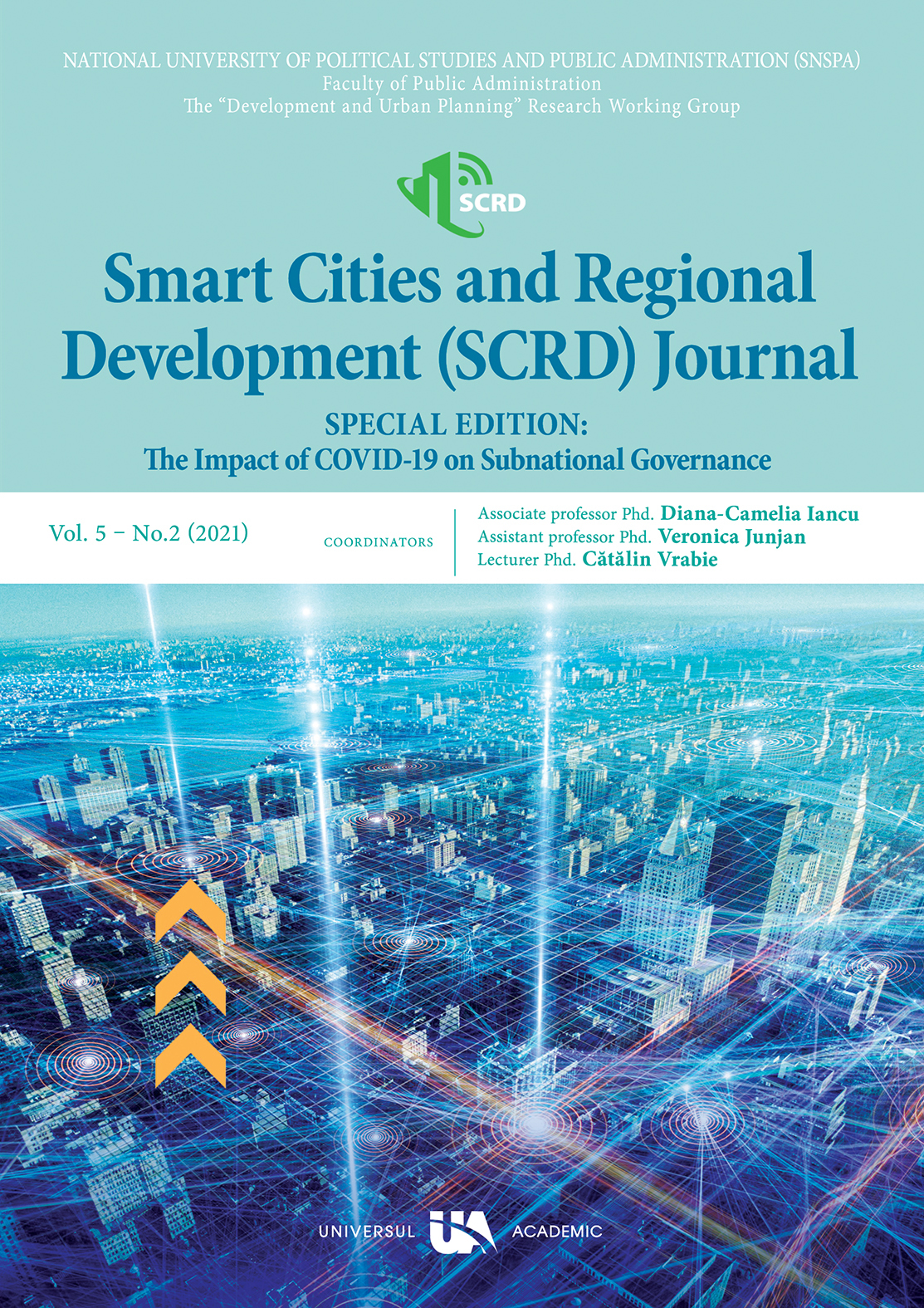The Corona warning APP of the German Federal Government
The Corona warning APP of the German Federal Government
How perceived data protection issues hindered and effectiveness
Author(s): Robert Müller-Török, Alexander ProsserSubject(s): Politics / Political Sciences, Economy, Law, Constitution, Jurisprudence, Library and Information Science, Business Economy / Management, Civil Law, International Law, Human Rights and Humanitarian Law, Classification, Information Architecture, Electronic information storage and retrieval, Education and training, Public Administration, Economic policy, Developing nations, Law on Economics, EU-Legislation, Sociology of Law, Administrative Law, Labour and Social Security Law
Published by: Editura Universul Academic (SC GOOD LUCK SRL)
Keywords: Bluetooth, contract tracing; COVID-19; smartphone;
Summary/Abstract: Since June 17th, 2020 the Corona Warn App of the German Federal Government has been available for download. After a sharp increase downloads stagnate around a total of 20 million, which is roughly one fourth of the population. Whether everyone who downloaded it actually uses it, is questionable. Objectives We want to show that the underlying concept of an app is questionable, even if each inhabitant with a smartphone downloads and uses it, it would cover barely half of each encounter where COVID-19 could actually be transmitted. Prior work This work is the scientific, extended version of a short article we published in the September 2020 issue of the “Behördenspiegel”, a monthly magazine covering German public administration issues. Approach We use statistical methods to show that, (i) even in the very best case with a perfectly working app the coverage would have been roughly half of all relevant encounters (ii) and that the voluntary usage of this app as well as the free decision of the infected individual to publish its (anonymized) data to warn others in fact reduces any effectiveness considerably. In addition we show that (iii) due to the design of the app there is a likely limit where the app will not be able to warn its users for mathematical and cryptographical reasons. Results We demonstrate by statistical means that this app could never have worked and why similar apps neither would work, let aside probably the “Trace Together” initiative of Singapore, which is based on a combination of an app plus physical tokens for those who do not own nor use smartphones (https://www.tracetogether.gov.sg/). We define some requirements a successful COVID-19 tracing solution must fulfill. Implications We show that such apps are not a solution for the problem, rather an obstacle to a real solution, because they lull their (few) users into a false sense of security which is obviously wrong, based on real figures. Value The paper contributes to transparency of government action during the COVID-19 pandemic. We show that other ways of contact tracing must be pursued in order to be effective and hinder the pandemic from escalating rather than providing a false feeling of safety.
Journal: ORAȘE INTELIGENTE ȘI DEZVOLTARE REGIONALĂ
- Issue Year: V/2021
- Issue No: 02
- Page Range: 23-31
- Page Count: 9
- Language: English

